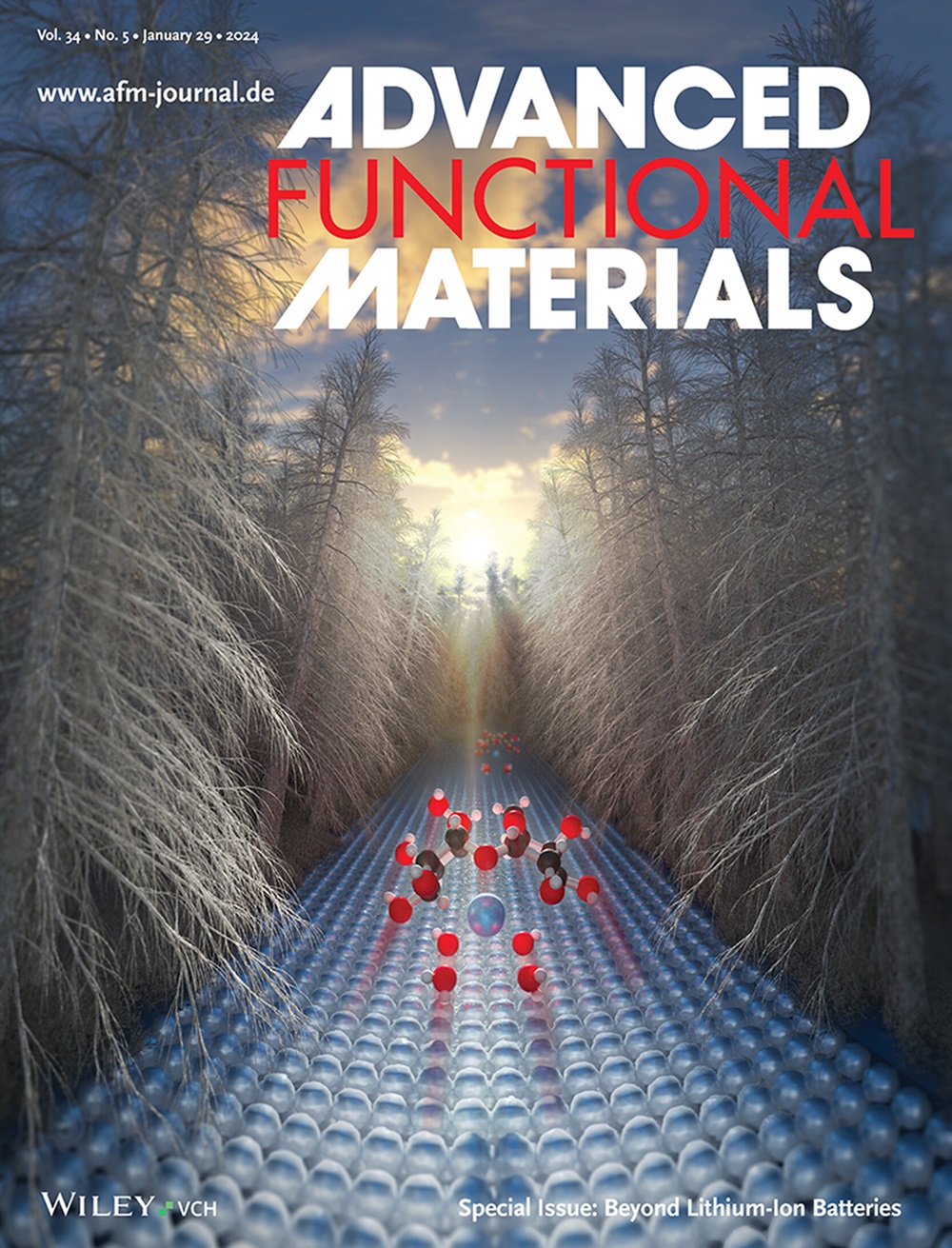Modular Engineering of Enzyme-Activatable DNA Nanodevices for Endoplasmic Reticulum-Targeted Photodynamic Antitumor Therapy
IF 18.5
1区 材料科学
Q1 CHEMISTRY, MULTIDISCIPLINARY
引用次数: 0
Abstract
Endoplasmic reticulum (ER)-targeted photodynamic therapy (PDT) has garnered wide attention for its potential to improve tumor treatment outcomes. However, achieving spatially selective control over the activation of photosensitizers (PSs) within the ER remains a major challenge. In this study, a programmable DNA nanodevice, termed EDEP, designed for targeted delivery and localized activation of PSs, thereby achieving ER-specific activatable tumor therapy, is presented. This modular engineered DNA nanodevice comprises an enzyme-activatable, DNA-based PS (ED), a nanocarrier and an ER-targeting ligand, allowing it to accumulate specifically within the ER lumen. The ED features a unique enzyme-responsive turn-on mechanism that selectively activates the PS upon interaction with an enzyme, facilitating controlled reactive oxygen species (ROS) generation at the targeted subcellular site. It is demonstrated that EDEP enables selective ROS production in the ER, leading to significant cytotoxicity in tumor cells. Furthermore, this nanodevice induces mitochondrial permeability transition pore opening, resulting in mitochondrial dysfunction and amplified tumor cell death. This work presents an enzyme-controlled, ER-targeted PDT strategy that holds promise for precise cancer therapy.

用于内质网靶向光动力抗肿瘤治疗的酶激活DNA纳米器件的模块化工程
内质网(ER)靶向光动力疗法(PDT)因其改善肿瘤治疗效果的潜力而受到广泛关注。然而,实现对内质网内光敏剂(ps)激活的空间选择性控制仍然是一个主要挑战。在这项研究中,提出了一种可编程的DNA纳米器件,称为EDEP,旨在靶向递送和局部激活ps,从而实现er特异性激活肿瘤治疗。这种模块化工程DNA纳米装置包括一个酶激活的、基于DNA的PS (ED)、一个纳米载体和一个内质网靶向配体,使其能够在内质网腔内特异性积累。ED具有独特的酶应答开启机制,可在与酶相互作用时选择性激活PS,促进靶亚细胞部位可控活性氧(ROS)的生成。研究表明,EDEP能够在内质网中选择性地产生ROS,从而对肿瘤细胞产生显著的细胞毒性。此外,该纳米装置诱导线粒体通透性过渡孔打开,导致线粒体功能障碍和扩增的肿瘤细胞死亡。这项工作提出了一种酶控制的er靶向PDT策略,有望用于精确的癌症治疗。
本文章由计算机程序翻译,如有差异,请以英文原文为准。
求助全文
约1分钟内获得全文
求助全文
来源期刊

Advanced Functional Materials
工程技术-材料科学:综合
CiteScore
29.50
自引率
4.20%
发文量
2086
审稿时长
2.1 months
期刊介绍:
Firmly established as a top-tier materials science journal, Advanced Functional Materials reports breakthrough research in all aspects of materials science, including nanotechnology, chemistry, physics, and biology every week.
Advanced Functional Materials is known for its rapid and fair peer review, quality content, and high impact, making it the first choice of the international materials science community.
 求助内容:
求助内容: 应助结果提醒方式:
应助结果提醒方式:


